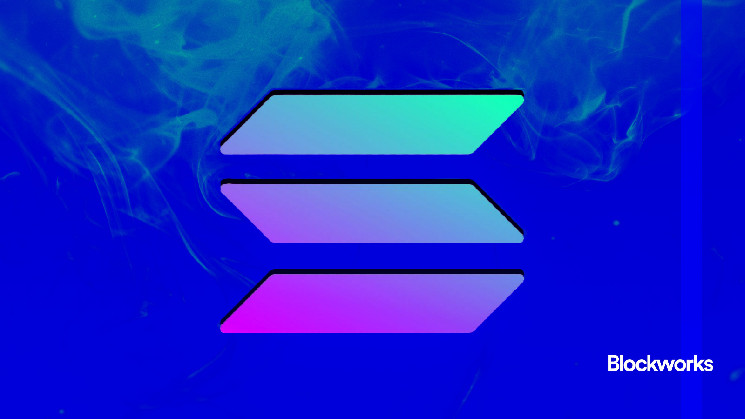These 3 questions remain after Solana Breakpoint
 blockworks.co 23 September 2024 20:39, UTC
blockworks.co 23 September 2024 20:39, UTC Today, enjoy the Lightspeed newsletter on Blockworks.co. Tomorrow, get the news delivered directly to your inbox. Subscribe to the Lightspeed newsletter.
Solana Breakpoint wrapped up over the weekend, ending the most illuminating couple of days Solanaland has seen in some time. The conference has been hyped for months, and on the content side, it delivered.
We got details on Solana Mobile’s new phone, Firedancer’s testnet phase, Jupiter’s mobile app, and even Iggy Azalea’s new crypto-native online casino.
Several threads outlined the litany of announcements that came out of Breakpoint. But for today’s edition, I’m going to dive into three questions I’m left with as Solana’s biggest conference recedes from view:
How much longer will we be talking about memecoins?
Breakpoint had no shortage of announcements, but relatively few seemed to pertain to one of Solana’s biggest current usage drivers. It’s almost boring to repeat at this point, but memecoins drive a lot of Solana’s economic value.
The dearth of memecoin talk may be for vibes-based reasons: Products in payments, stablecoins, or gaming feel more tangible, and projects would want to use their time onstage to pitch something futuristic-seeming rather than speculation on pictures of dogs.
But it could also speak to memecoin fatigue. Some industry participants did their best to make meaning of memecoins closer to the beginning of this market cycle, but this can only go so far, and memecoins generally continue to be unserious. I’d venture to bet that people whose livelihood is building on Solana want the network to come to be more than a casino with cheap transaction fees.
How do the institutions feel about Solana’s SEC problems?
A few interesting institutional announcements popped up at Breakpoint — Franklin Templeton plans to launch a money market fund on Solana, SG-Forge added Solana support for its MiCA-compliant Euro stablecoin, and Citi said it will “explore opportunities with Solana,” to name a few.
This is unsurprising given some of the Solana Foundation’s efforts to court institutions, but there’s also an elephant in the room: The SEC actively views SOL as a security based on its ongoing Coinbase suit, and risk-averse institutions would likely ditch Solana if the SEC started accusing ecosystem participants of dealing in unregistered securities.
This is especially noteworthy given how the SEC seemingly gave Solana’s biggest rival in Ethereum the pass when it approved spot ETH ETFs earlier this year. Common industry knowledge holds that SOL’s fate could be largely decided by the coming presidential election, with Donald Trump expected to install a more crypto-friendly regulatory regime, but I’d be curious what some of these institutions are thinking internally. Are they serious about Solana, or is it all just marketing bluster?
How big of a deal is Firedancer actually?
At long last, we got some tangible news on the much-hyped Solana validator client Firedancer during Breakpoint, as the project announced Firedancer was on testnet, and its hybrid “Frankendancer” was on mainnet in a non-voting capacity.
For more on the potential significance of Firedancer, check out my coverage here. But there have also been some Firedancer contrarians arguing that the client isn’t as noteworthy as advertised. One ETH ecosystem poster argued that a more performant client would up Solana validators’ cost to handle the increased bandwidth, and they might not be able to handle the load.
And a Solana ecosystem source told me previously that users may not really notice the rollout of Firedancer, since its improvements will be in the order of milliseconds faster.
It will be some time before the full Firedancer sees mainnet. In the meantime, Firedancer fans will hope they’re not Waiting for Godot.




